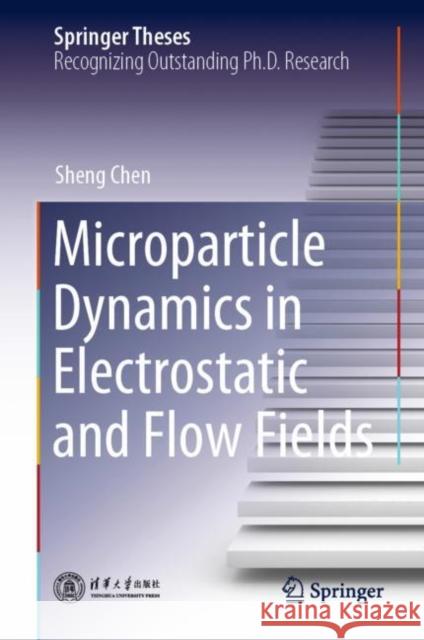Microparticle Dynamics in Electrostatic and Flow Fields » książka
topmenu
Microparticle Dynamics in Electrostatic and Flow Fields
ISBN-13: 9789811608421 / Angielski / Twarda / 2023 / 200 str.
Kategorie:
Kategorie BISAC:
Wydawca:
Springer
Seria wydawnicza:
Język:
Angielski
ISBN-13:
9789811608421
Rok wydania:
2023
Wydanie:
2022
Numer serii:
000416125
Ilość stron:
200
Oprawa:
Twarda
Wolumenów:
01











